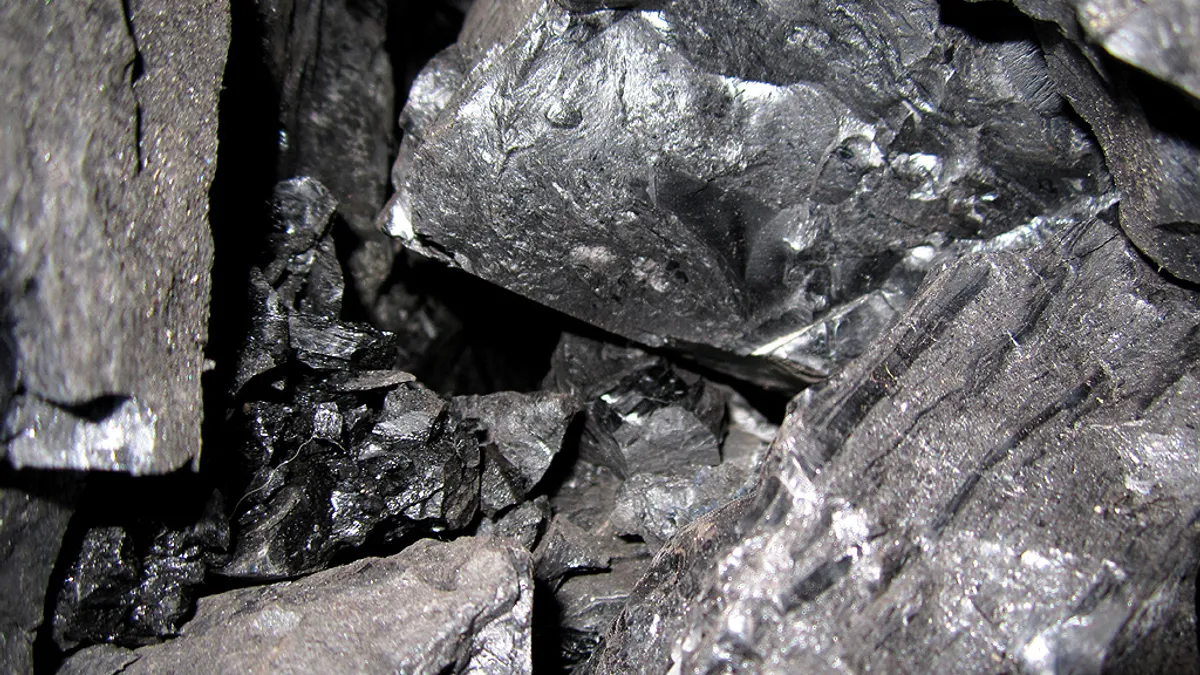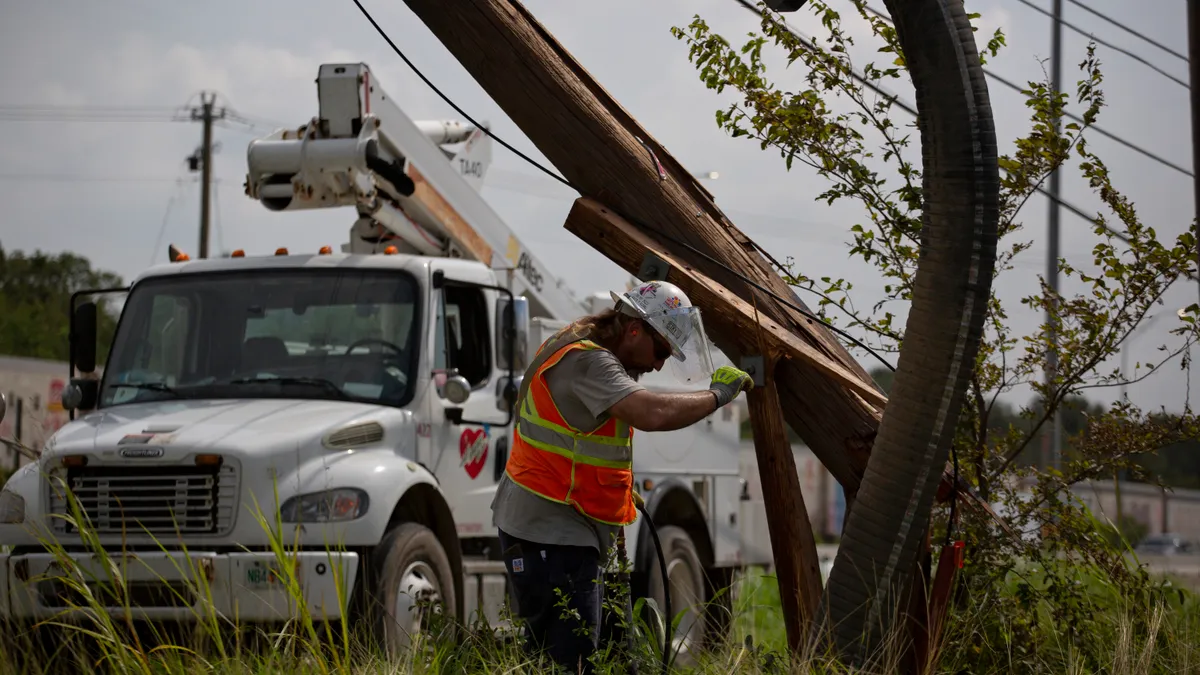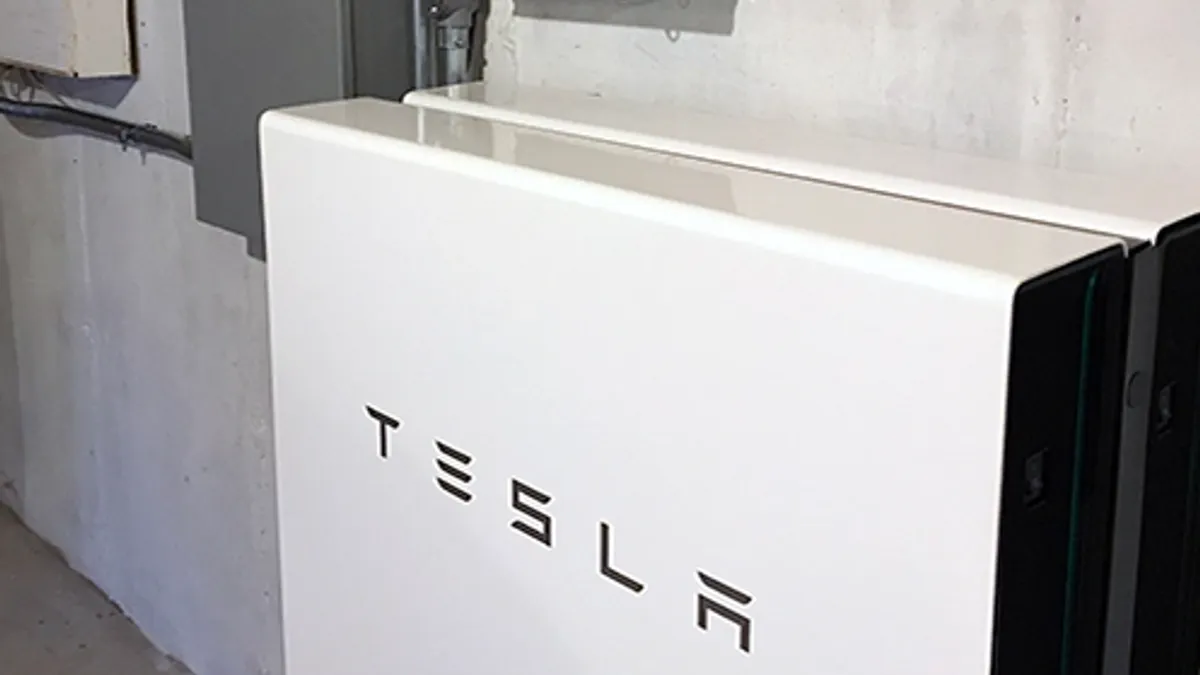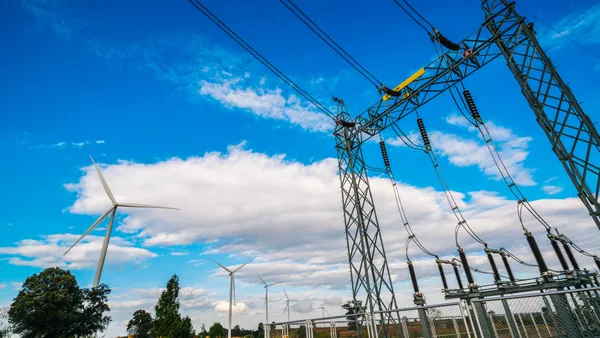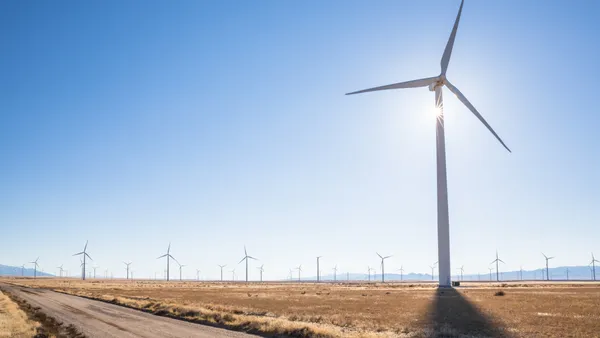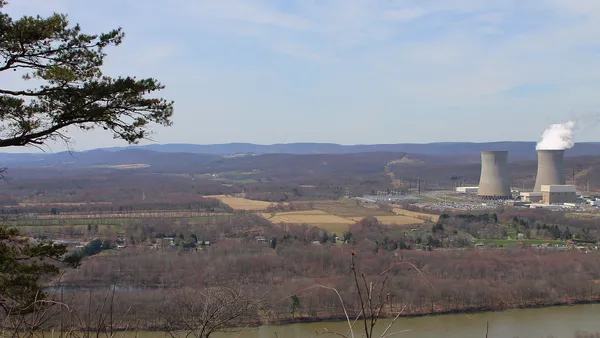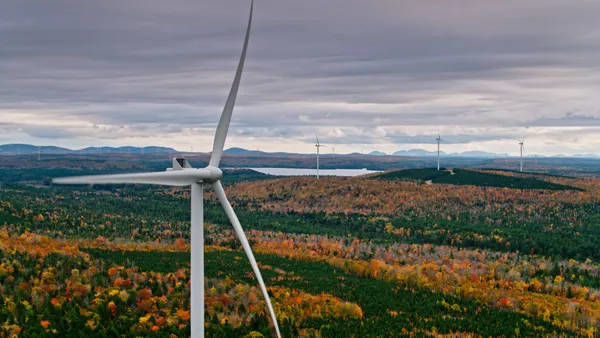Dive Brief:
- Two projects backed by the U.S. Department of Energy have captured and stored 10 million metric tons of carbon dioxide, or about the emissions 2 million cars would produce in a year, the agency reported last week.
- The projects include the DOE’s Regional Carbon Sequestration Partnership (RCSP) Initiative and the Industrial Carbon Capture and Storage (ICCS) Major Demonstrations programs.
- According to the Department, the "milestone" builds on President Barack Obama's plan to bolster the United States' clean energy economy and reduce emissions.
Dive Insight:
Moving quickly on the development of "clean coal" technology — in particular, carbon capture and storage (CCS) — will help to position the United States as a global clean energy leader, the Department of Energy said in a statement last week. DOE announced that two programs backed by the administration had saved 10 millions tons of CO2.
“The U.S. is taking the lead in showing the world CCS can work. We have made the largest government investment in carbon capture and storage of any nation, and these investments are being matched by private capital,” Energy Secretary Ernest Moniz said in the statement. “We are showing that CCS is working now, and that it is indispensable to the DOE’s commitment to reduce greenhouse gas emissions and tackle climate change.”
According to DOE, CCS technologies "encourage sustainable economic growth by enabling industry to continue operations while emitting fewer greenhouse gases." The technologies also create the potential to reuse the captured CO2.
DOE said one project alone has now captured nearly 2 million metric tons of CO2. Air Products and Chemicals Inc. in Port Arthur, Texas, has demonstrated a "state-of-the-art system to capture carbon emissions from two steam methane reformers used to produce hydrogen." The company retrofitted its steam methane reformers to separates CO2 from the process gas stream, which it then delivers by pipeline to enhanced oil recovery projects in the eastern part of the state.
DOE said the RCSP initiative includes seven partnerships trying to determine regional approaches for storing CO2 in geologic formations. The ICCS program, which the Department said was a $1.4 billion investment under the American Recovery and Reinvestment Act, aims to help industry demonstrate the CCS technologies that can be "readily replicated and commercially deployed in industrial facilities."
Despite the agency's affinity for carbon capture and storage technology, American utilities have been apprehensive to adopt the expensive technology. Two power plants in the U.S. currently utilize coal gasification technology, which converts coal to a cleaner-burning gas, and the recent U.S.-China climate change accord included plans for a novel carbon capture plant in China that generate fresh water as a byproduct. DOE hopes that as utilities are pushed to cut their carbon emissions that they will adopt more technology to help coal burn cleaner.



